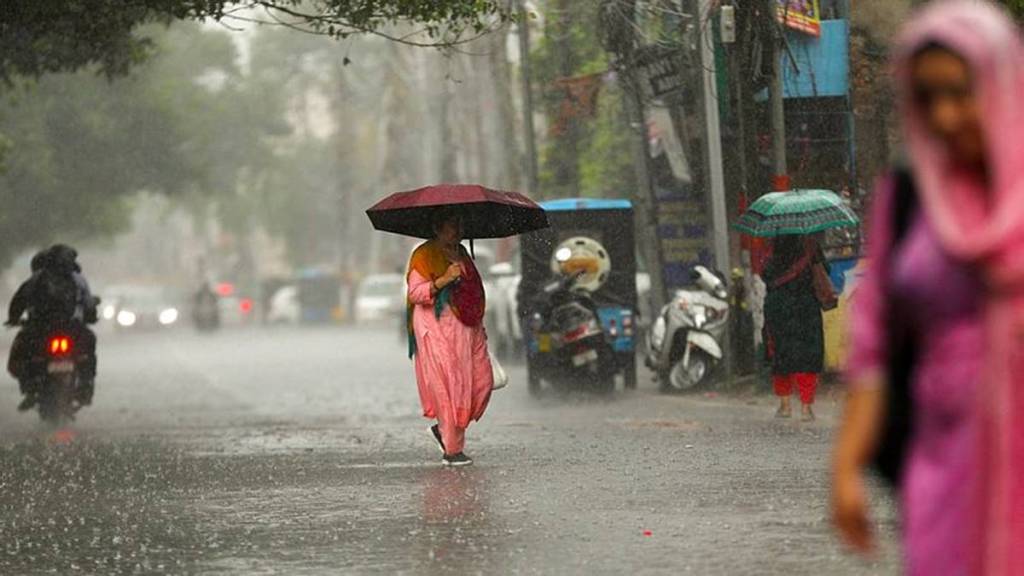The country is likely to receive “above normal” rainfall at more than 106% of the benchmark long period average (LPA) during the second half of the monsoon season (August-September) after an uneven distribution of precipitation in the first phase, India Meteorological Department said on Thursday.
“While the rainfall in current month is expected to be in the normal range, precipitation in September is likely to be higher as La Nina (which adds monsoon) conditions which is currently at the neutral state is mostly likely to emerge at the later part of the August,” Mrutyunjay Mohapatra, director-general, IMD, said in a briefing.
While the meteorological department has predicted “normal to above normal” rainfall in most parts of the country during August-September, “there would be below normal rainfall in many parts of northeast and adjoining areas of east India, Ladakh, Saurashtra, Kutch and few isolated pockets of central and south peninsular”.
The meteorological department’s prediction comes after the surplus monsoon rainfall of 109% above the LPA in July helped erase June’s rainfall deficit of 89% of benchmark.
The country, in June-July, has received 101.8% more rainfall than the benchmark which is in normal range.
However, in terms of regional distribution, north-west and east and north regions received hugely deficient rainfall at (-)14.3% and (-) 23.3% of LPA, respectively.
Central India and the southern peninsula received hugely surplus rainfall of 133% and 136.5% of the benchmark, respectively.
“Monsoon rains are not well distributed spatially and temporally so far,” Madhavan Rajeevan, former secretary, ministry of earth sciences, told FE.
He said the distribution of rains would make up in the second half of the current monsoon season.
As on Thursday, 35% of 729 districts have received rainfall in the range of deficient to large deficient range which may impact the yield of kharif crops — paddy, coarse cereals and pulses if sowing is delayed.
Rainfall in the range of 96-104% of LPA is considered “normal” and 105-110% ‘above normal’. The LPA is the average rainfall received during 1971-2020 at 86 centimetres. In May, the department had reiterated its earlier forecast of “above normal” monsoon rainfall at 106% of benchmark average during June-September this year with 92% chances of the rains being in the “normal-to-excess” range.
Based on data from 1951-2023, according to an official, the country experienced “above-normal” rainfall in the monsoon season on nine occasions when La Nina followed an El Nino event.
Nearly half of the country’s farmland depends on monsoon rains for cultivation of kharif crops — paddy, pulses and oilseeds.
In addition, adequate monsoon rains also provide sufficient soil moisture for sowing of the rabi or winter crops — wheat, pulses and oilseeds.
Sources said that prospects of higher output of rice and sugar due to surplus monsoon rains may allow the government to relax curbs of exports of these commodities.
The monsoon rains were ‘below normal’ and patchy last year, although the weather department initially predicted it to be normal. In the previous year (2022), the annual phenomenon caused above-normal rains.


